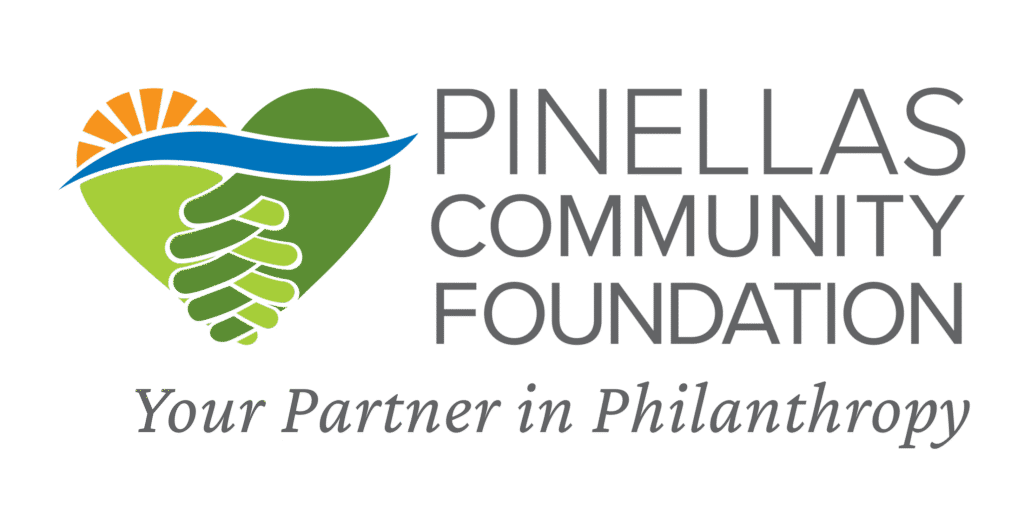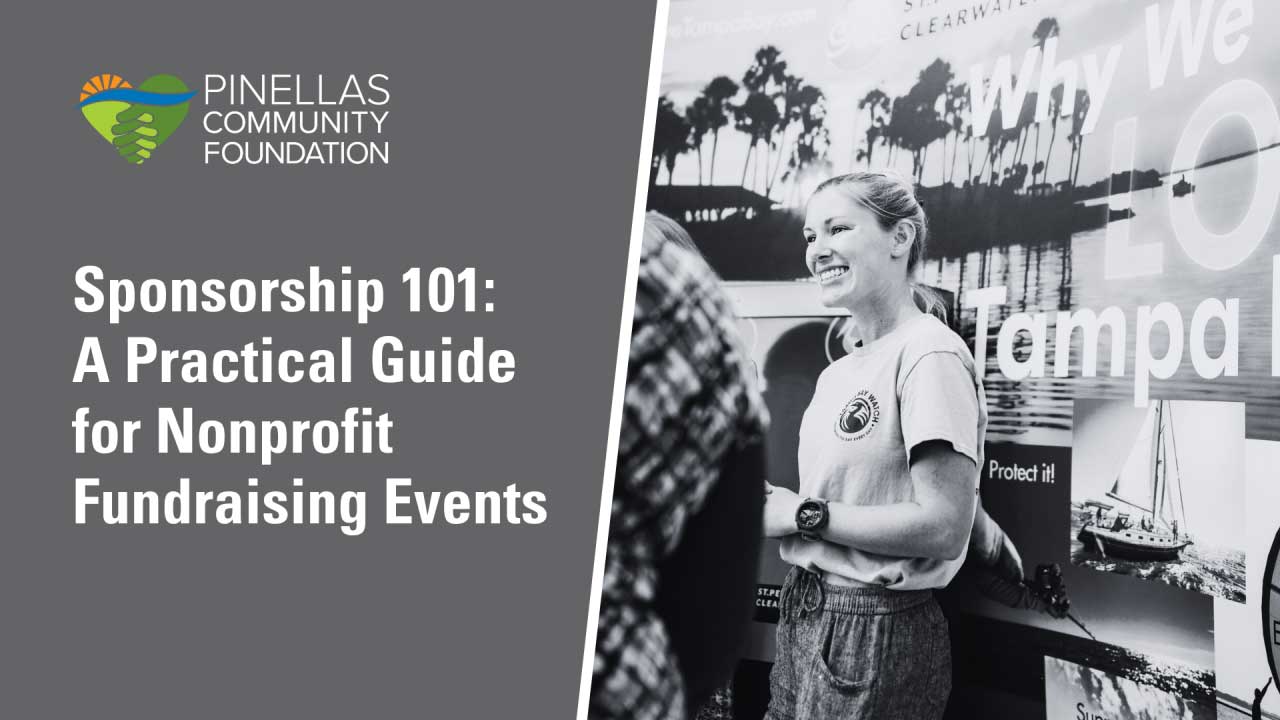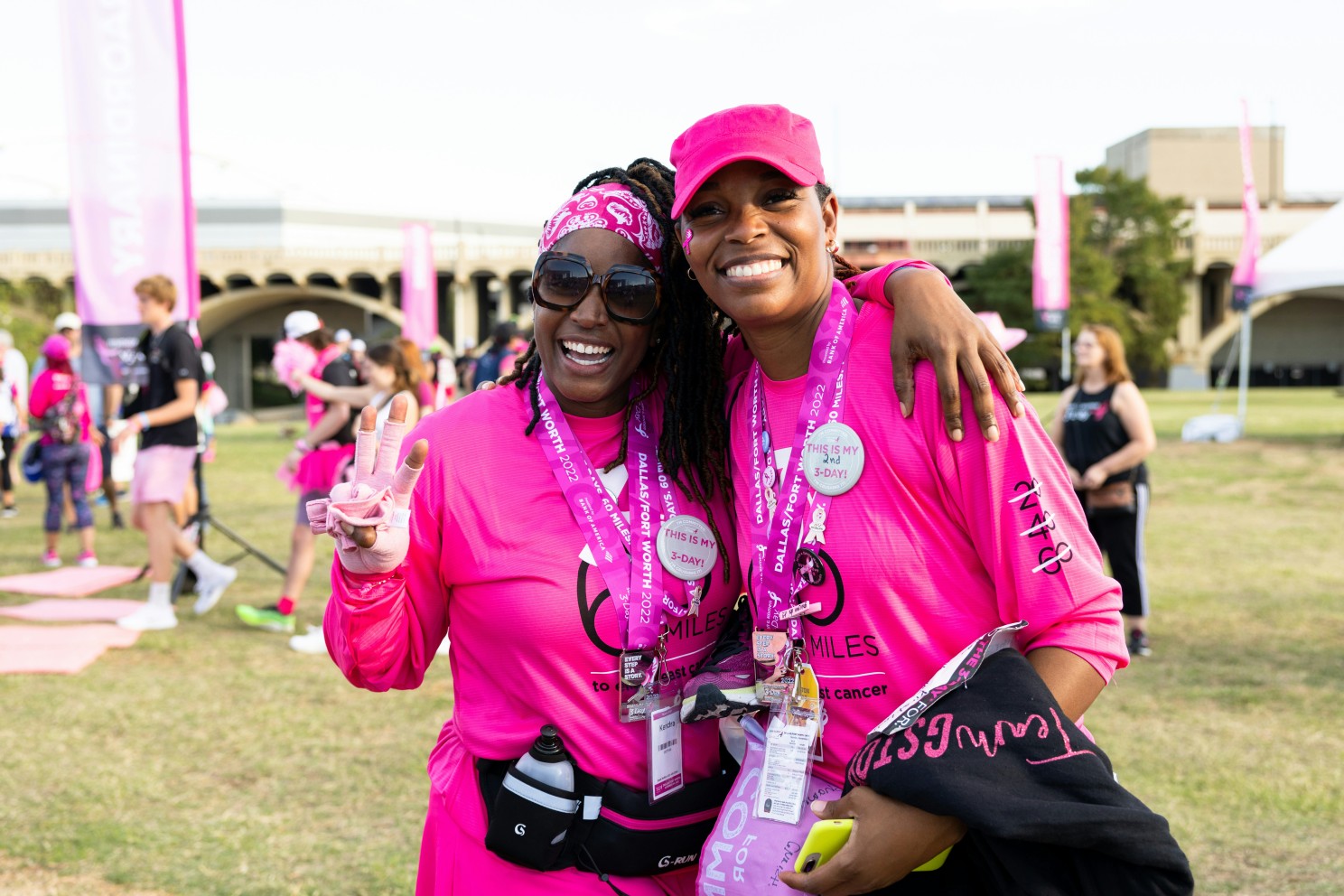Sponsorships can bring essential funding and credibility to your nonprofit event, but they don’t happen just because you mail out a nice packet. Businesses want to be part of something meaningful, but you have to be intentional in how you reach out, whom you reach out to, and how you follow up. This guide covers the key things you need to know to approach sponsorships strategically and successfully.
1. Start with Research, Not a Packet
Before you even send a sponsorship packet, do your homework.
– Does the business sponsor events at all?
– Do they support causes or nonprofits like yours?
– Do they sponsor the type of event you’re hosting (gala, community fair, luncheon, etc.)?
– Are you reaching out to the right person—someone with decision-making authority or influence?
Randomly emailing packets to generic info@business.com addresses is not a strategy. Sponsorships require thoughtful targeting.

Pinellas Community Foundation sponsored event in Pinellas County, Florida. In St. Petersburg, Florida, Starting Right, Now, and nonprofit organization held their annual fundraising event. Pinellas Community Foundation sponsored this event. This photo showcases best practices for acquiring sponsorships for fundraising and nonprofit mission awareness events.
2. Sponsorships Require Relationships
Sponsorships are based on connection and trust, not just cause.
– Start with businesses you or your board have relationships with.
– Leverage your networks: staff, volunteers, donors, and community partners.
– Reach out personally: emails, calls, or warm introductions are more effective than cold mailings.
Even if your materials are beautifully designed, it’s the conversation that makes the ask successful.
3. Mailing a Packet Is Not Enough
Simply sending a sponsorship packet is not the ask, it’s just the opening.
– Always follow up. Give it a few days, then call or email the right contact.
– Be polite and professional, not pushy:
“Just checking in to see if you had a chance to review the sponsorship opportunities we sent over. I’d love to talk more about how your business could be part of this effort.”
– Keep the follow-up short, respectful, and focused on partnership.
Many sponsorships are secured in the follow-up, not the first outreach.
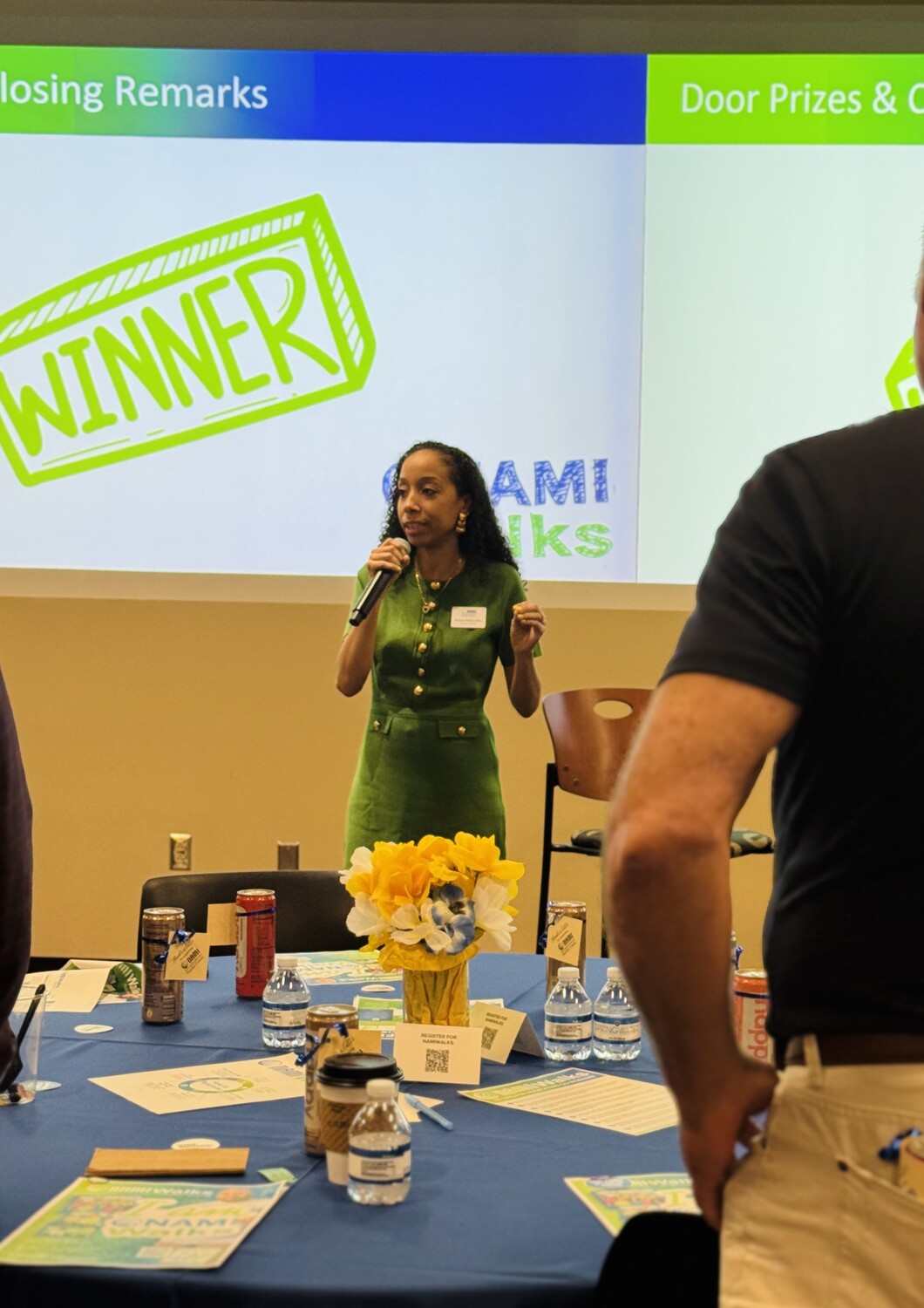
Pinellas Community Foundation sponsored event in Pinellas County, Florida. In St. Petersburg, Florida, Nami, an nonprofit organization held their annual fundraising event. Pinellas Community Foundation sponsored this event. This photo showcases best practices for acquiring sponsorships for fundraising and nonprofit mission awareness events.
4. Know What You’re Offering in Return
Sponsors are not donors, they expect visibility, access, or brand alignment in return for their support.
Offer benefits like:
– Logo placement (event materials, website, social media)
– Speaking or tabling opportunities
– Complimentary tickets or reserved seating
– Social media mentions or press release recognition
Tailor your benefits to the sponsor’s goals, don’t assume they want what you’re offering. Ask what matters to them.
5. Package It Professionally, but Keep It Simple
A good sponsorship packet includes:
– A short intro to your organization and event
– Sponsorship levels (with benefits clearly listed)
– Contact info and call to action
– Optional: testimonials, photos, or stats from past events
But remember: a sleek packet won’t close the deal, you will, through respectful and informed outreach.
6. Make the Ask Easy and Clear
Whether in email or conversation, your ask should be direct and easy to understand.
Example:
“We’re inviting a few local businesses to sponsor our upcoming community health fair. A $1,000 sponsorship includes logo placement, signage at the event, and promotion in our social media. Would you be open to learning more?”
Avoid vague requests like “support us however you can.” Be specific and confident in the value you’re offering.
7. Deliver on What You Promised
If a business sponsors you, follow through:
– Honor every promised benefit, accurate logos, shoutouts, signage, etc.
– Invite them to the event with a personal message
– Thank them publicly (if agreed) and privately (always)
After the event, send a thank-you note, a recap of the impact, and photos if applicable. Treat sponsors like true partners.
8. Think Beyond One Event
Your goal isn’t just to fund this event, it’s to build long-term community allies.
– After the event, check in: “Thank you again for your support. Would you be open to hearing about future partnership opportunities?”
– Add them to your newsletter or updates (with permission)
– Keep the relationship warm between events, not just when you need funding
Final Word
Sponsorship success comes from targeted outreach, professional materials, respectful follow-up, and strong delivery. Sending a packet is one step, but real sponsorships are built on strategy and trust.
Do the research. Reach out personally. Follow up. And always show appreciation.
